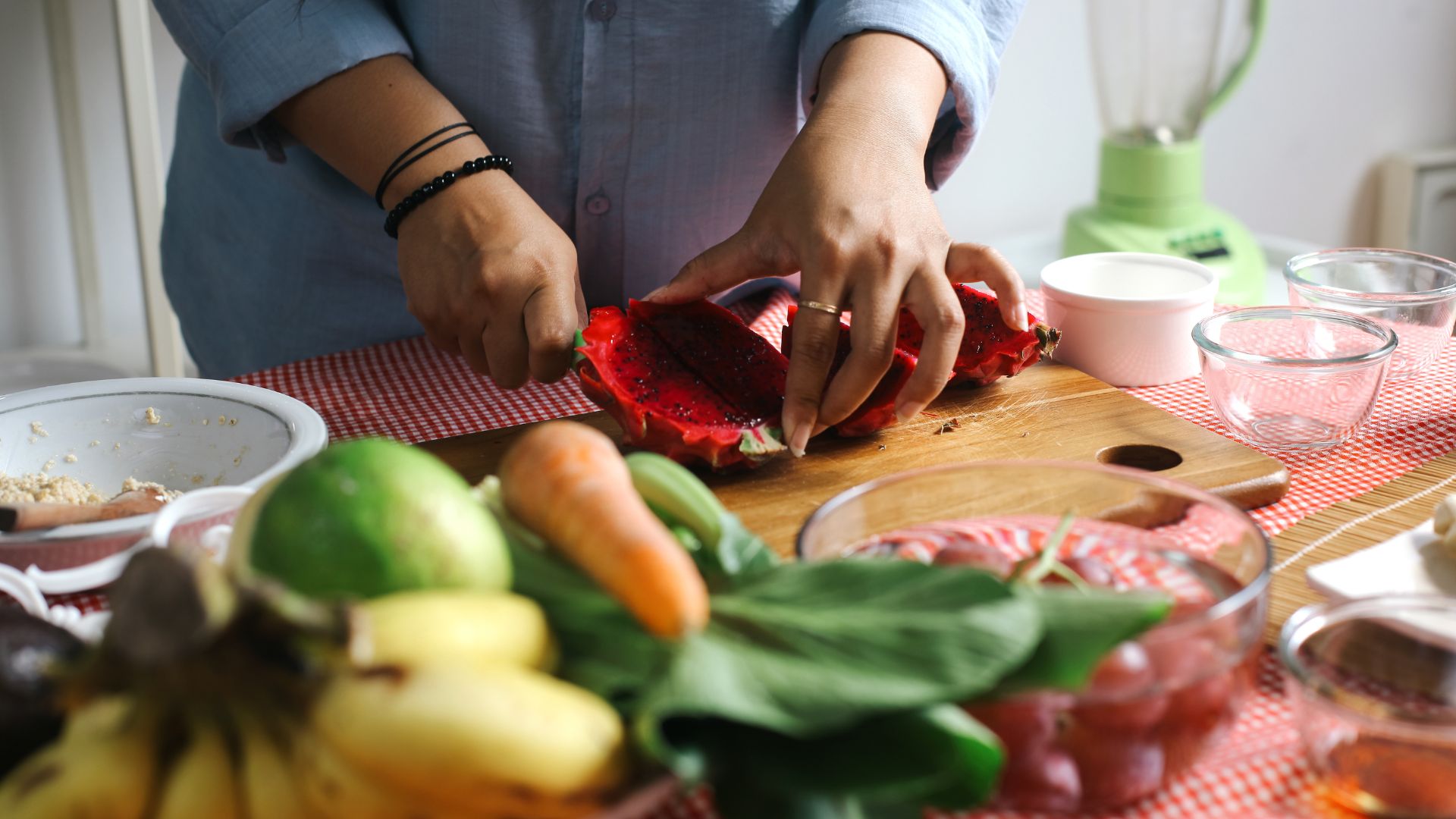Meal prepping is a game-changer when it comes to managing time, reducing stress, and sticking to a healthy eating plan, especially when you’re on a budget. Planning and cooking meals for the entire week in advance not only saves you time but also helps you make healthier food choices by ensuring you have nutritious options readily available.
The challenge for many, however, is figuring out how to balance both health and affordability when preparing meals in bulk. With careful planning, buying ingredients in bulk, and using cost-effective cooking techniques, it’s possible to prepare delicious, nutritious meals for the entire week without spending a fortune.
In this article, we’ll explore actionable tips and strategies for meal prepping on a budget, from selecting the right ingredients to cooking and storing your meals. Whether you’re a meal prep beginner or looking for ways to streamline your current process, these tips will help you save money while ensuring your meals are healthy, balanced, and full of flavor.
Meal prepping is a sustainable approach that reduces food waste and minimizes last-minute takeout cravings, giving you more time and energy throughout the week. Let’s dive into the key strategies to help you master meal prep without breaking your budget.
1. Plan Your Meals Around In-Season and Local Produce
One of the first steps in meal prepping on a budget is to plan your meals around in-season and local produce. Seasonal fruits and vegetables are not only fresher but also more affordable, as they are abundant and locally available. For example, during the fall, vegetables like squash, sweet potatoes, and cabbage are typically cheaper and full of nutrients. By focusing on what’s in season, you ensure that you’re getting the best value for your money and that your meals are packed with fresh ingredients.
Seasonal produce is also more flavorful and nutrient-dense, which enhances the overall quality of your meals. Shopping for local produce also supports small-scale farmers and reduces the environmental impact of shipping food from far away. When planning your meals, check local markets or farm stands for great deals on seasonal items, and incorporate these into your weekly meal plan for both budget and nutritional benefits.
2. Batch Cook Staples Like Rice, Beans, and Lentils
Staples like rice, beans, and lentils are inexpensive, nutrient-packed ingredients that can be easily batch-cooked and used throughout the week. These foods are rich in fiber, protein, and essential minerals, making them an excellent base for a variety of meals. By cooking a large batch at the beginning of the week, you can easily incorporate them into multiple dishes, whether in salads, soups, or as side dishes.
Beans and lentils are versatile and can be spiced up with different herbs and seasonings to create various flavors. They also have a long shelf life and can be stored in the fridge or freezer for later use. Cooking in bulk is not only cost-effective but saves you time during the week, as you’ll have these staples ready to add to your meals. Consider making large batches of rice, beans, and lentils on your meal prep day to build your week’s meals around these affordable ingredients.
3. Focus on One-Pot or Sheet Pan Meals
One-pot or sheet pan meals are an excellent way to streamline the meal prep process while minimizing cleanup. These meals often require less effort and fewer ingredients, which can help you save both time and money. For example, a sheet pan meal with roasted vegetables and a protein like chicken or tofu can be prepared in one go, reducing cooking time and the need for multiple dishes. One-pot meals like soups, stews, or stir-fries are easy to make in large batches, and you can vary the ingredients to match your tastes or what’s on sale.
A study published by the Journal of Nutrition Education and Behavior found that meal prepping with one-pot meals or sheet-pan dinners increases the likelihood of cooking at home and eating more balanced meals (Journal of Nutrition Education and Behavior, 2020). These cooking methods are ideal for budget-conscious individuals who want to create simple, healthy meals without spending hours in the kitchen.
4. Use Leftovers to Create New Meals
One of the most effective ways to get the most from your meal prep is by repurposing leftovers into new meals. For example, roasted chicken from dinner can be turned into a chicken salad for lunch or added to a soup the next day. Leftover rice can be used in stir-fries, or last night’s vegetable stew can be blended into a creamy soup.
Repurposing leftovers not only helps reduce food waste but also makes meal prep more efficient by giving you multiple meals from the same ingredients. This approach also saves you money by reducing the need to buy additional groceries during the week. Ensure you store your leftovers properly, and use airtight containers to maintain their freshness. This method can significantly stretch your grocery budget while keeping your meals varied and exciting throughout the week.
5. Incorporate Frozen Vegetables to Save Money and Time
Frozen vegetables are a cost-effective and time-saving alternative to fresh produce, especially when you’re meal prepping. They are often cheaper than fresh vegetables and can last much longer in the freezer, which reduces food waste. Frozen vegetables are picked and frozen at the peak of ripeness, meaning they retain much of their nutritional value.
According to a study by the National Center for Home Food Preservation, frozen vegetables can be just as nutritious as fresh vegetables, if not more, since they are frozen soon after harvest, preserving their vitamins and minerals (National Center for Home Food Preservation, 2021).
Using frozen vegetables in your meal prep can save you money on seasonal produce and provide you with a wide variety of healthy, nutritious options. They can easily be added to soups, casseroles, stir-fries, or even smoothies, ensuring your meals are packed with nutrients without the extra cost.
6. Buy in Bulk and Store Properly
When you buy staple ingredients in bulk—such as grains, pasta, canned vegetables, and frozen fruits—you reduce the cost per unit and ensure you always have affordable, nutritious options available. Bulk buying helps you save money and stock up on essential items that form the base of many meals. However, proper storage is key to ensuring that bulk purchases don’t go to waste.
Invest in airtight containers to keep grains and dried beans fresh, and make sure to rotate your pantry items so older items are used first. Bulk buying is especially helpful for meal prepping because you can buy larger quantities of ingredients like rice or oats, which can be used across multiple meals throughout the week. Properly storing these bulk ingredients ensures they stay fresh for longer, making them a reliable and cost-effective part of your meal prep routine.
7. Keep Meals Simple and Focused on Nutrient-Dense Foods
When meal prepping on a budget, it’s important to focus on simple meals that are both affordable and nutrient-dense. Meals that are centered around vegetables, legumes, and whole grains provide high nutritional value without the high cost of meat and processed foods. For example, a hearty lentil soup with vegetables or a quinoa and vegetable salad can be packed with protein, fiber, and essential vitamins.
By sticking to a few basic, nutrient-dense ingredients and using seasonings to add variety, you can create a variety of meals that are both satisfying and healthy. This approach not only saves you money but ensures that every meal you prep is balanced and nutrient-rich. Simplicity in meal prep can also help you avoid over-complicating your grocery list and stay focused on what’s most important: providing nutritious meals for your family.
Meal prepping is one of the most effective ways to save money while ensuring you eat healthy, balanced meals throughout the week. By planning your meals around affordable, nutrient-dense foods and utilizing cost-saving strategies like buying in bulk, using frozen vegetables, and repurposing leftovers, you can stretch your grocery budget without sacrificing nutrition.
Simple, one-pot meals and sheet pan dinners are perfect for creating multiple servings and reducing cooking time, while focusing on seasonal and local produce ensures that you’re getting the freshest, most cost-effective ingredients. Bulk buying and proper storage can help you stock up on staples that last throughout the week, allowing for more flexibility and fewer grocery runs.
Meal prepping also reduces food waste, as it encourages you to use every ingredient and make the most out of your grocery purchases. With these strategies in place, you can enjoy nutritious, homemade meals while keeping your budget intact, ensuring that healthy eating is not only possible but sustainable.





